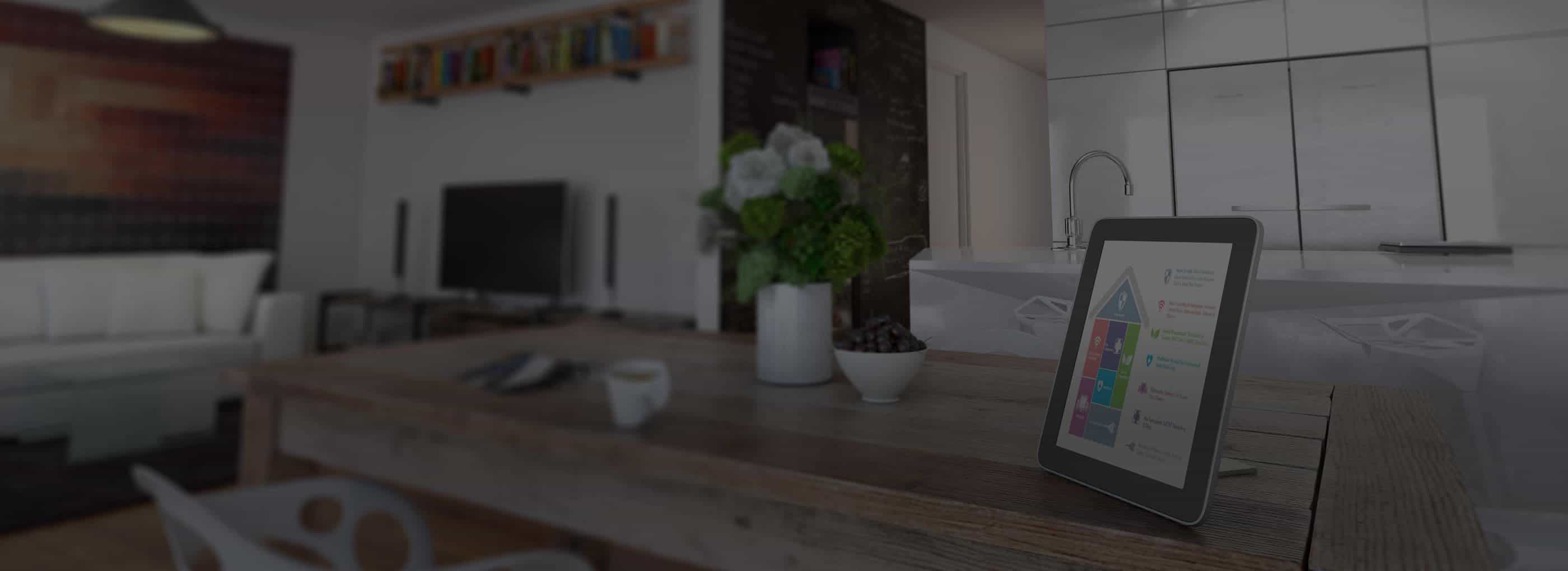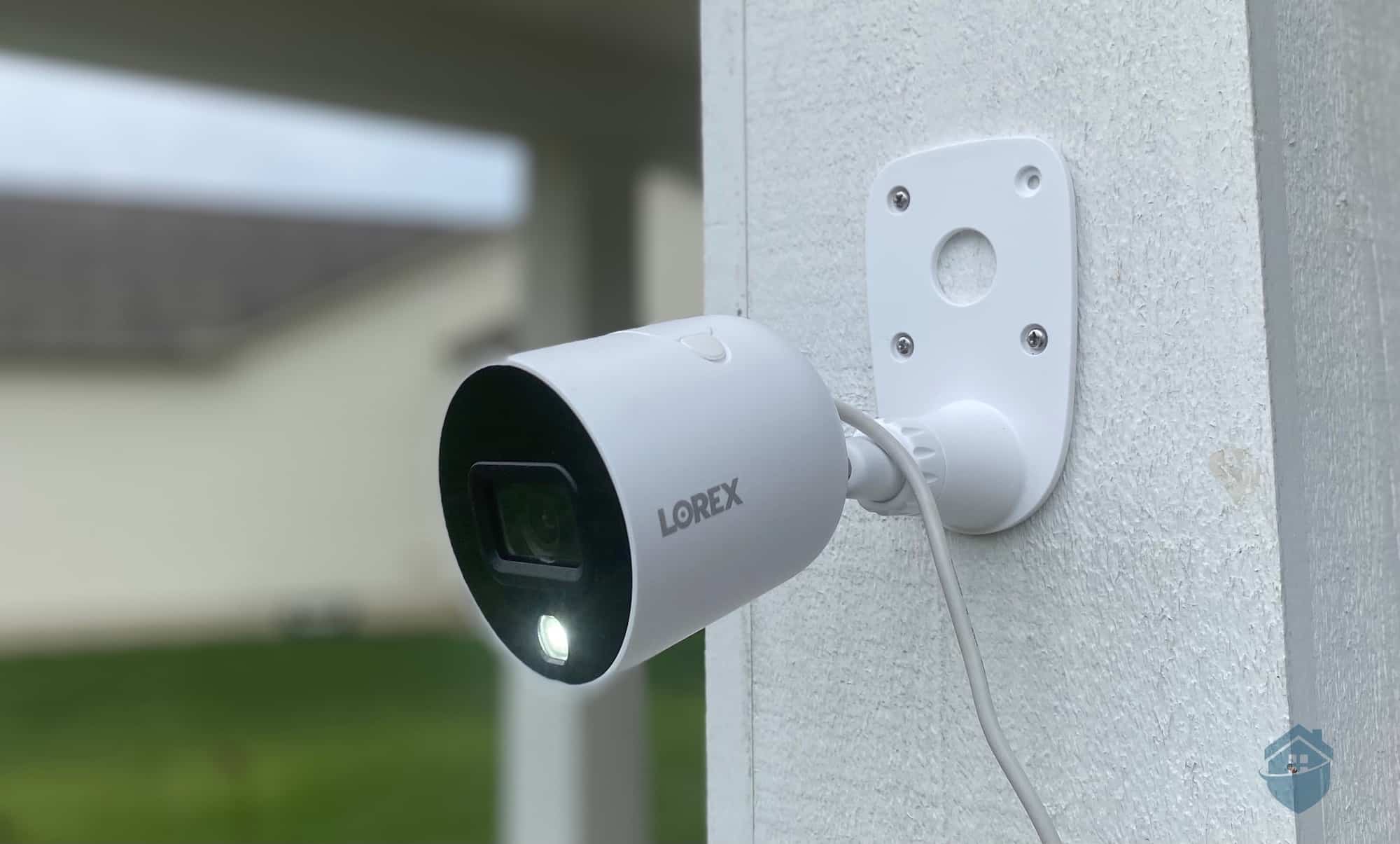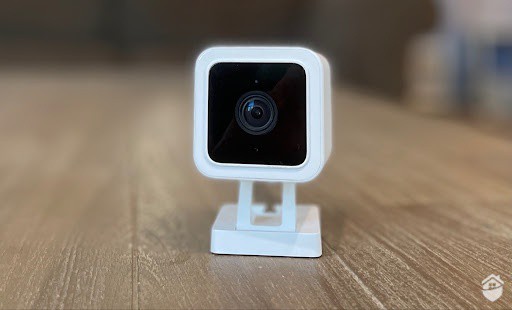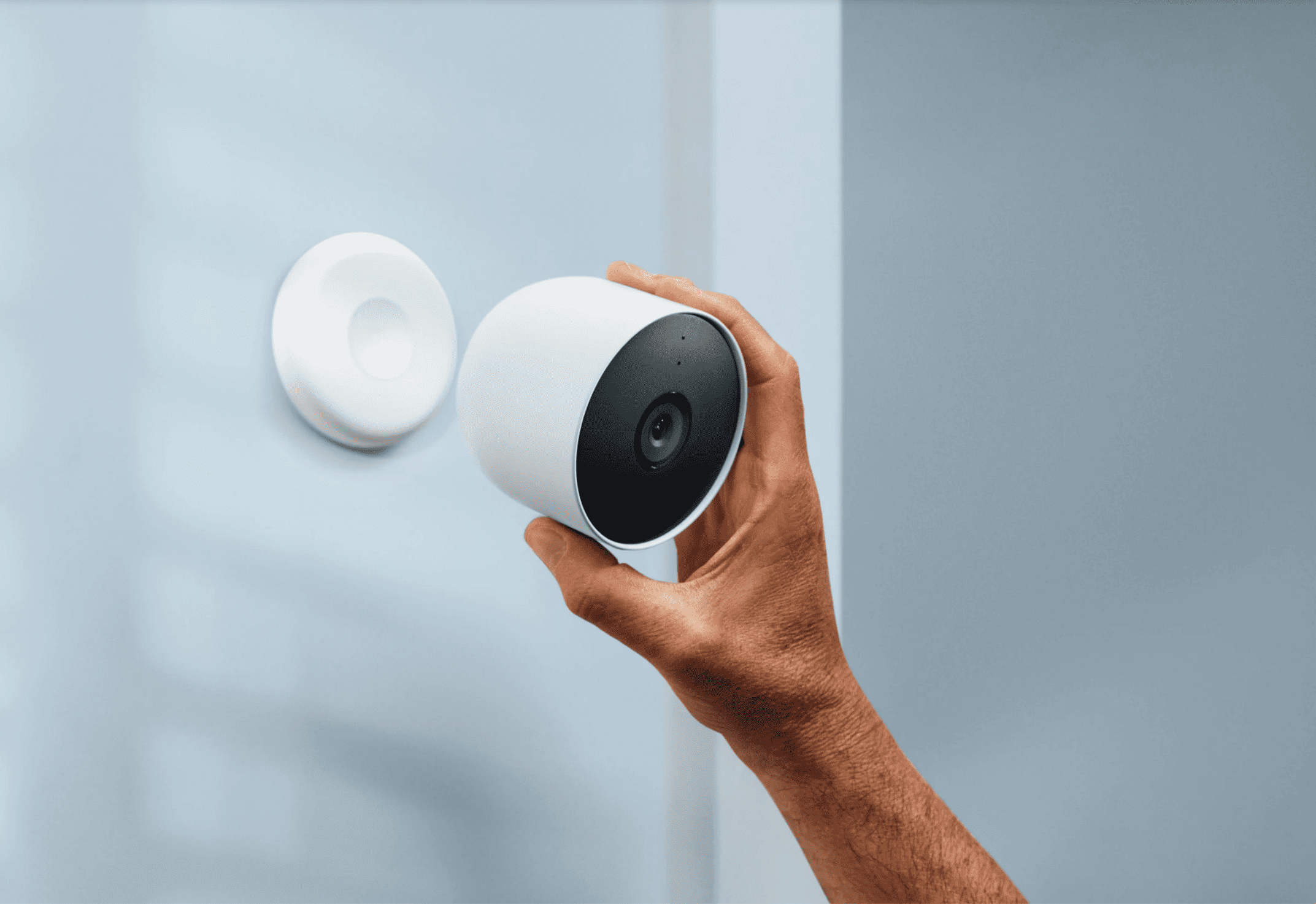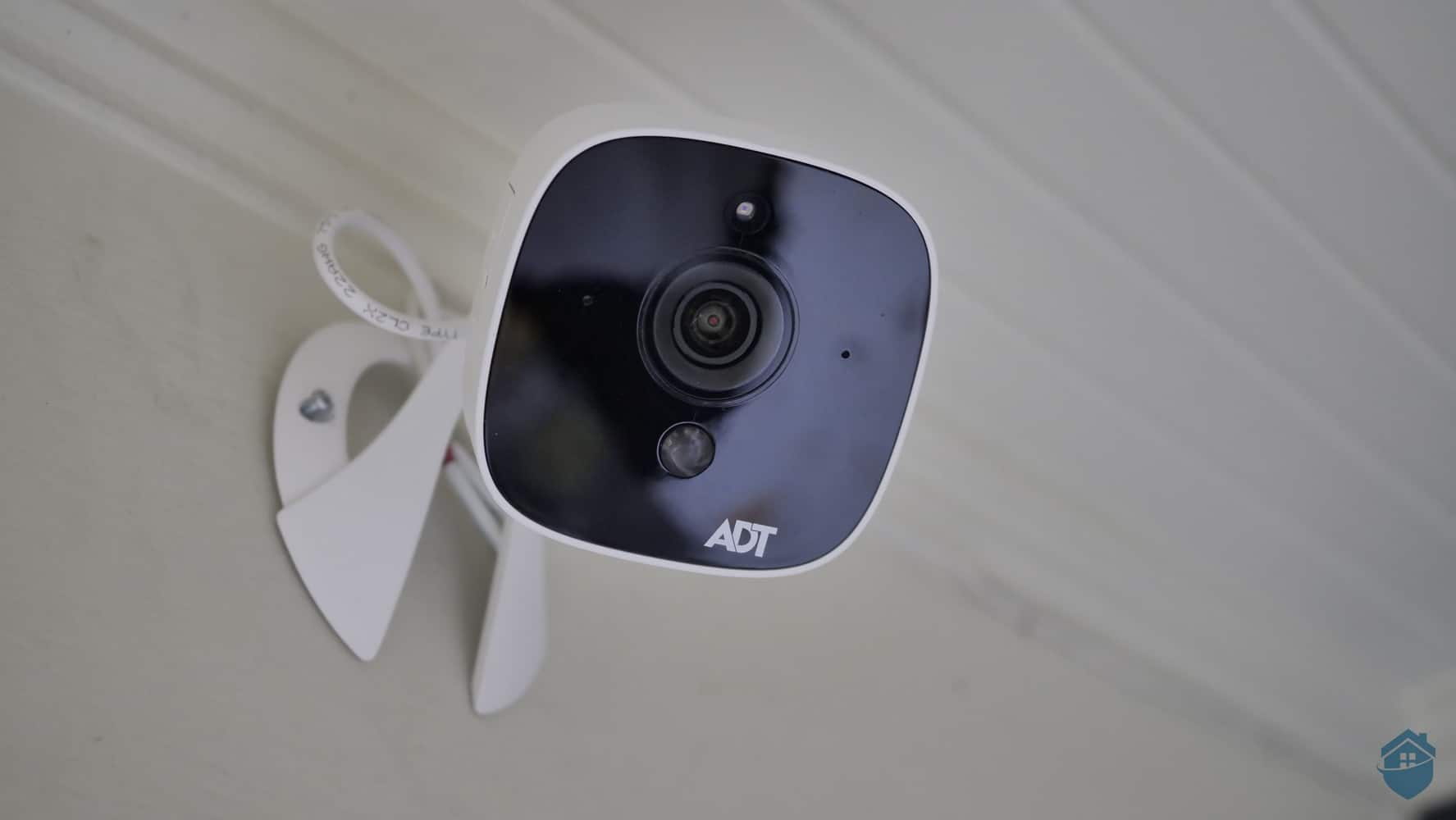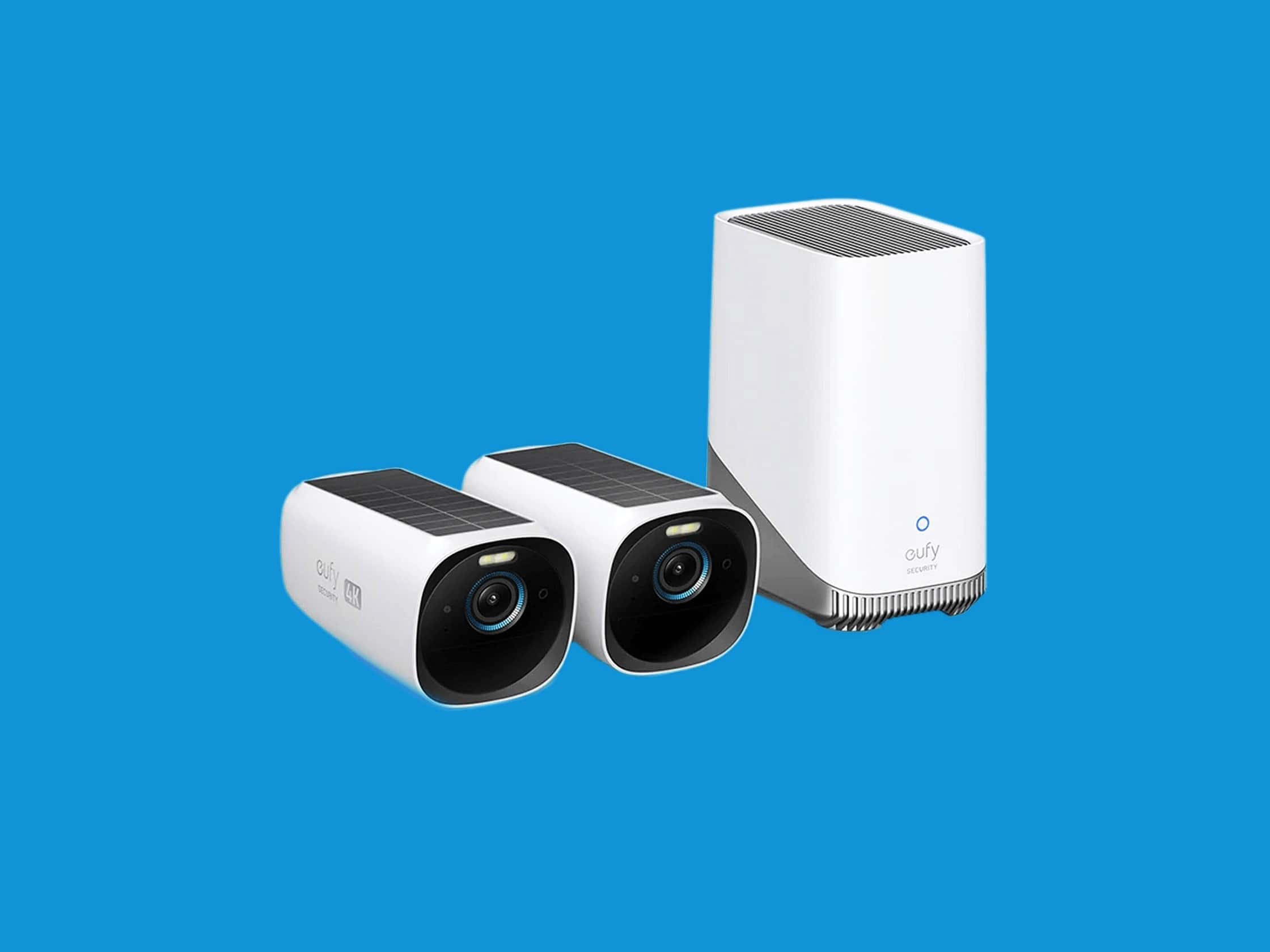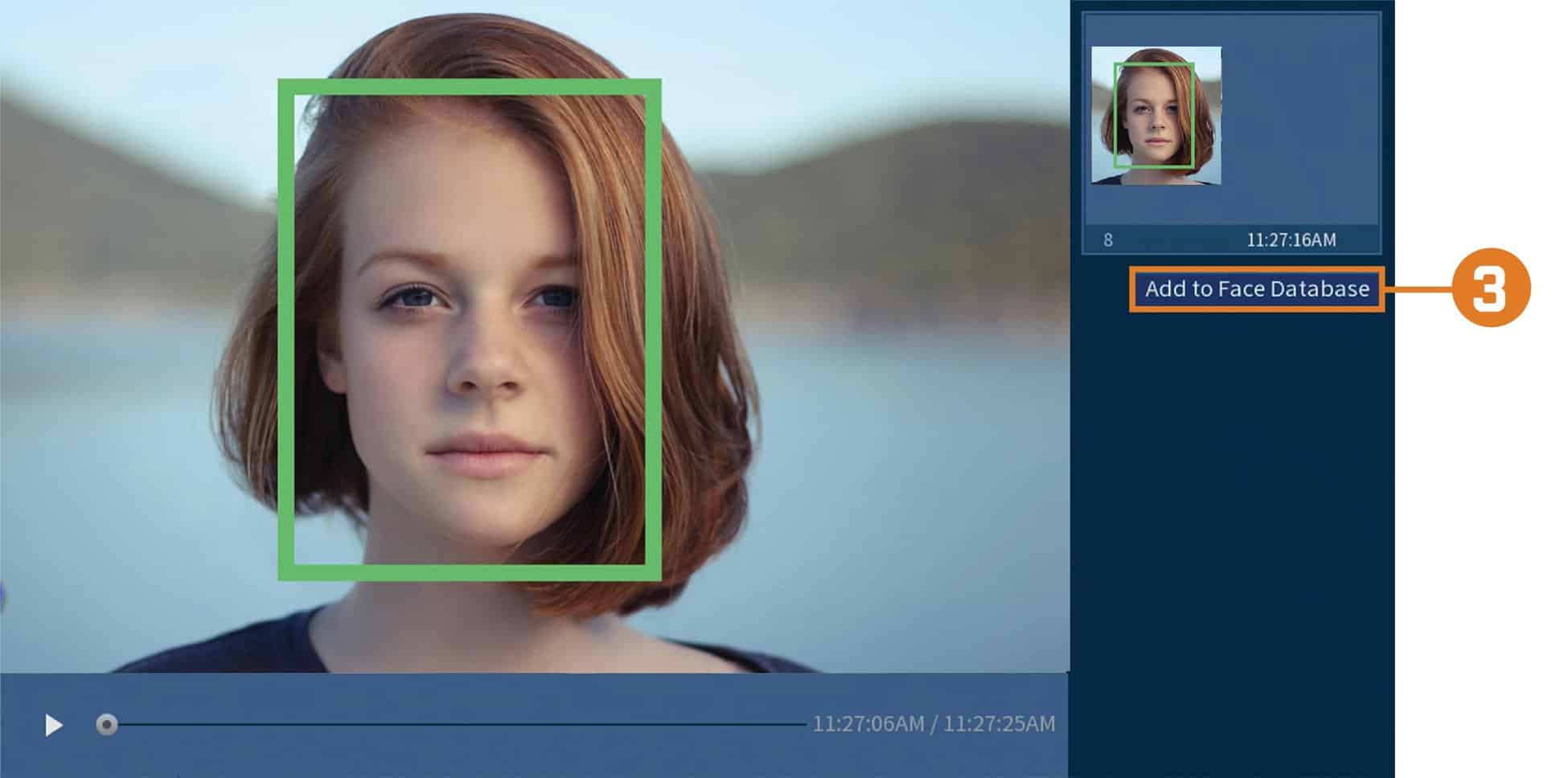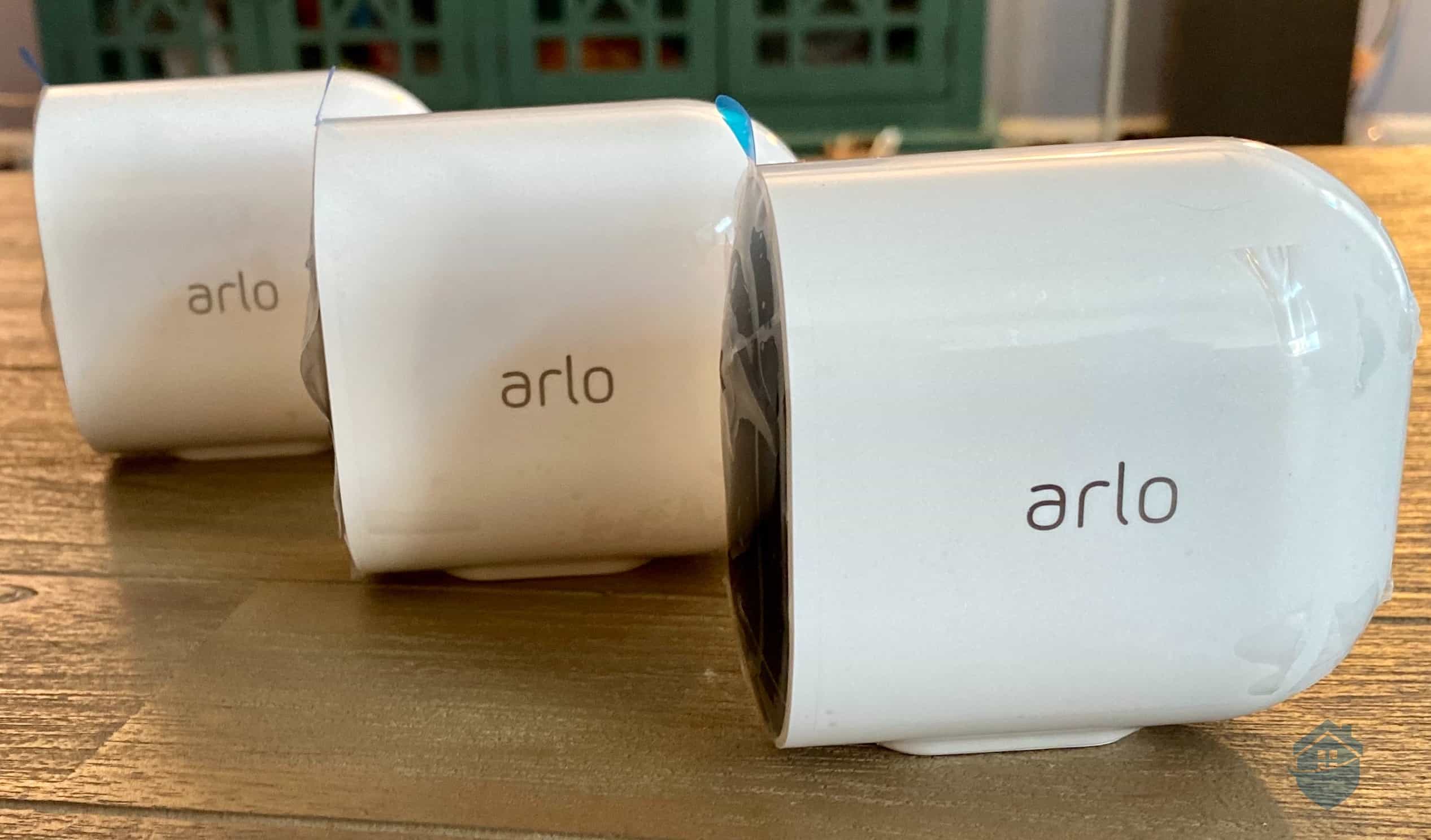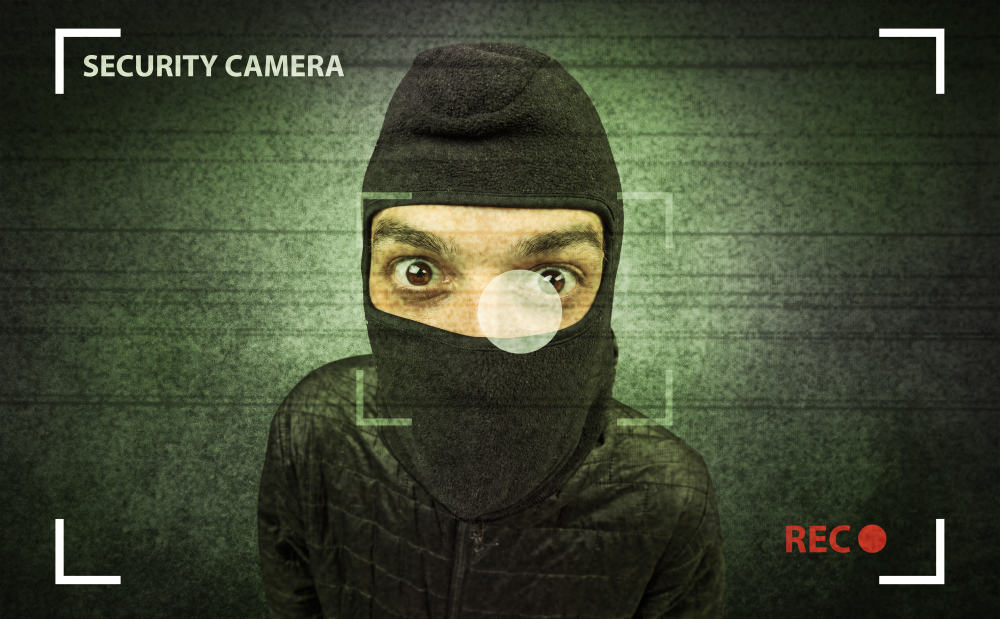With all the talk of DIY home security systems these days, it’s easy to forget that traditional, hardwired security systems are still around. But they are, and ADT security systems are still king of the hill.
And, actually, ADT has read the writing on the wall. They now sell their own line of DIY home security equipment — ADT Self Setup. In a similar vein, ADT has also teamed up with Google so homeowners can start integrating smart products into their ADT-secured homes.
In other words, ADT cameras don’t support face recognition yet, but you can integrate Google’s Nest Cams into your ADT system, and control them with the ADT app. From time to time, ADT will through in a free Nest Cam or Nest Doorbell, valued at $99 and up. Here are ADT’s latest deals. If you’re considering a hardwired security system for your home, take a look at our complete ADT security review.
How did Google’s new “familiar faces” feature perform in our tests? Pretty well. After a “get to know you period” where the Nest Cam stumbled a few times — it didn’t know what to do with hoodies — it was smooth sailing. My front door Nest Cam told me (via alert) who had entered my home. Anyone that wasn’t supposed to be there was an “unfamiliar face.” (Sorry, Bob from next-door). Just be prepared, when you start using this feature, for a little recording downtime in between back-to-back events. The Nest is notorious for this.
The indoor/outdoor battery-powered Nest also has pet, package, and vehicle detection, which worked well in my tests. So did the Nest’s Activity Zones feature, which segmented the Nest Cam’s field of view (FOV) into security-worthy areas and areas to ignore. Street traffic is a good example of the latter. I didn’t want my Nest to record it, and drain my battery with a non-stop torrent of alerts in the process. I didn’t have to pay for either of those features, by the way, but to unlock familiar faces (above) I did — $8 per month for a Nest Aware subscription.
The great news here is that ADT waives this fee for its customers, so in addition to face recognition, you get 30 days of cloud storage — or 60 with a premium Nest Aware Plus plan, but you’d need to pay for that.
